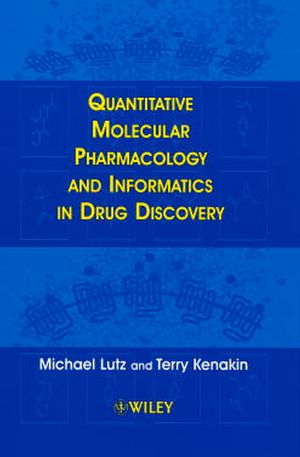Quantitative Molecular Pharmacology and Informatics in Drug DiscoveryISBN: 978-0-471-98861-8
Hardcover
432 pages
January 2000
 This is a Print-on-Demand title. It will be printed specifically to fill your order. Please allow an additional 10-15 days delivery time. The book is not returnable.
|
||||||
Quantitative Molecular Pharmacology and Informatics in Drug
Discovery Michael Lutz, Section Head, Cheminformatics Group and
Terry Kenakin, Principal Research Scientist, Glaxo Wellcome
Research and Development, Research Triangle Park, NC, USA
Quantitative Molecular Pharmacology and Informatics in Drug
Discovery combines pharmacology, genetics and statistics to provide
a complete guide to the modern drug discovery process. The book
discusses the pharmacology of drug testing and provides a detailed
description of the statistical methods used to analyze the
resulting data. Application of genetic and genomic tools for
identification of biological targets is reviewed in the context of
drug discovery projects. Covering both the theoretical principles
upon which the techniques are based and the practicalities of drug
discovery, this informative guide.
* outlines in step-by-step detail the advantages and disadvantages of each technology and approach and links these to the type of chemical target being sought after in the drug discovery process; and,
* provides excellent demonstrations of how to use powerful pharmacological and statistical tools to optimize high-throughput screening assays.
Written by two internationally known and well-regarded experts, this book is an essential reference for research and development scientists working in the pharmaceutical and biotechnology industries. It will also be useful for postgraduates studying pharmacology and applied statistics.
* outlines in step-by-step detail the advantages and disadvantages of each technology and approach and links these to the type of chemical target being sought after in the drug discovery process; and,
* provides excellent demonstrations of how to use powerful pharmacological and statistical tools to optimize high-throughput screening assays.
Written by two internationally known and well-regarded experts, this book is an essential reference for research and development scientists working in the pharmaceutical and biotechnology industries. It will also be useful for postgraduates studying pharmacology and applied statistics.



